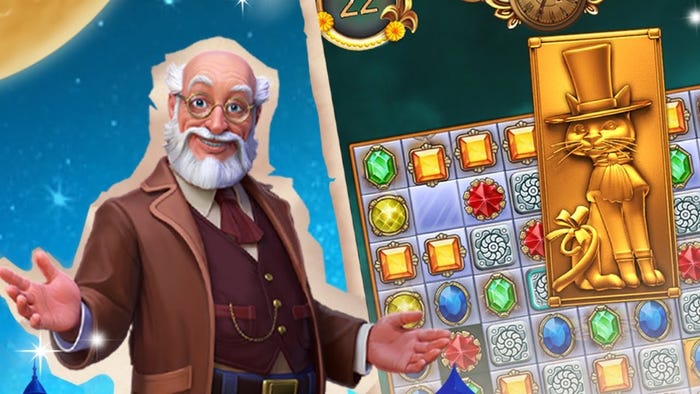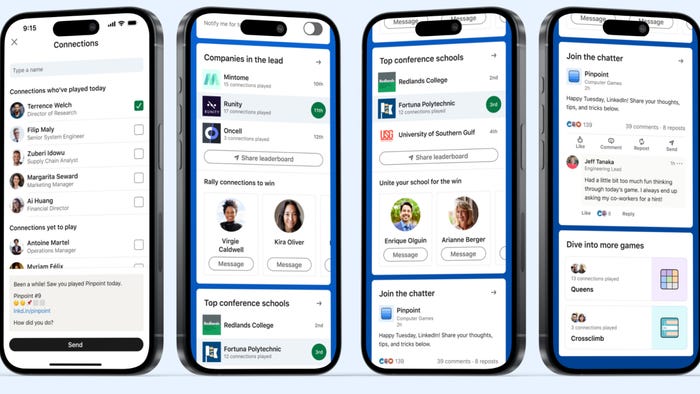Who Are We Catering To?
Designing is more than flaunting tech, it is the process of creating a product that the end user understands. A product that is intuitive.

I had the opportunity to attend GDC this year and to meet some of the people behind the games I play and consider references. I got to pick at their brains and get details about their approach.
One thing they all shared was the need to push the boundaries, refine the processes, or further advance their toolsets. The conversations usually involved a technical challenge, followed by some sort of solution. Some of the solutions were temporary while others were more permanent. The process of constant iteration and improving the pipelines was to achieve the goal of creating a better product and to create a more immersive experience. But to the end user, what does that all mean?
What happens under the hood is a mystery. Even between departments it is sometimes difficult to fully understand what’s going on. Of course, players might understand the concepts of reverb, asset variations, and interactive music, but what really matters to them is what it sounds like.
That’s why some games just work. It’s because they’re designed for the player. They’re not created to be played exclusively by other developers and lost in a jargon of technical approaches. They’re intuitive. They’re challenging, but easy to understand, making the player’s progress fun. That comparison can be seen everywhere, and a good (but extreme) example is architectural functionalism. The core concept is this: Does the design serve it’s purpose?
Who do you design for? The designing process involves me thinking about the player. How will he or she interact, or interpret what they hear; is it clear? There is a part of me that also thinks of how my colleagues will hear it. To create something my peers can enjoy and analyze often helps push the product even further. However, when taken too literally, this can lead to the demise of the design.
When we think next-gen, we think more versatile tools, a more dynamic mix, more variations, more access to gameplay elements. Well, maybe, and I assume this list won’t harm the experience, but what truly makes a great sounding game for the player? I wish I had the answer. Hell, what it sounds like to me depends on so much, time of day, my mood, the listening environment… I don’t think there is just one answer, but i’ll throw one out there and see how it sticks.
Transparency. We prototype, design, and master, constantly refining our toolsets, all while compromising to fit within our technical limitations. All of that just to make things work, but the real challenge is in making it seamless, unnoticeable… as in nobody noticed it. This brings me back to the title question: Who are we catering to? Let’s not forget that.
About the Author(s)
You May Also Like








